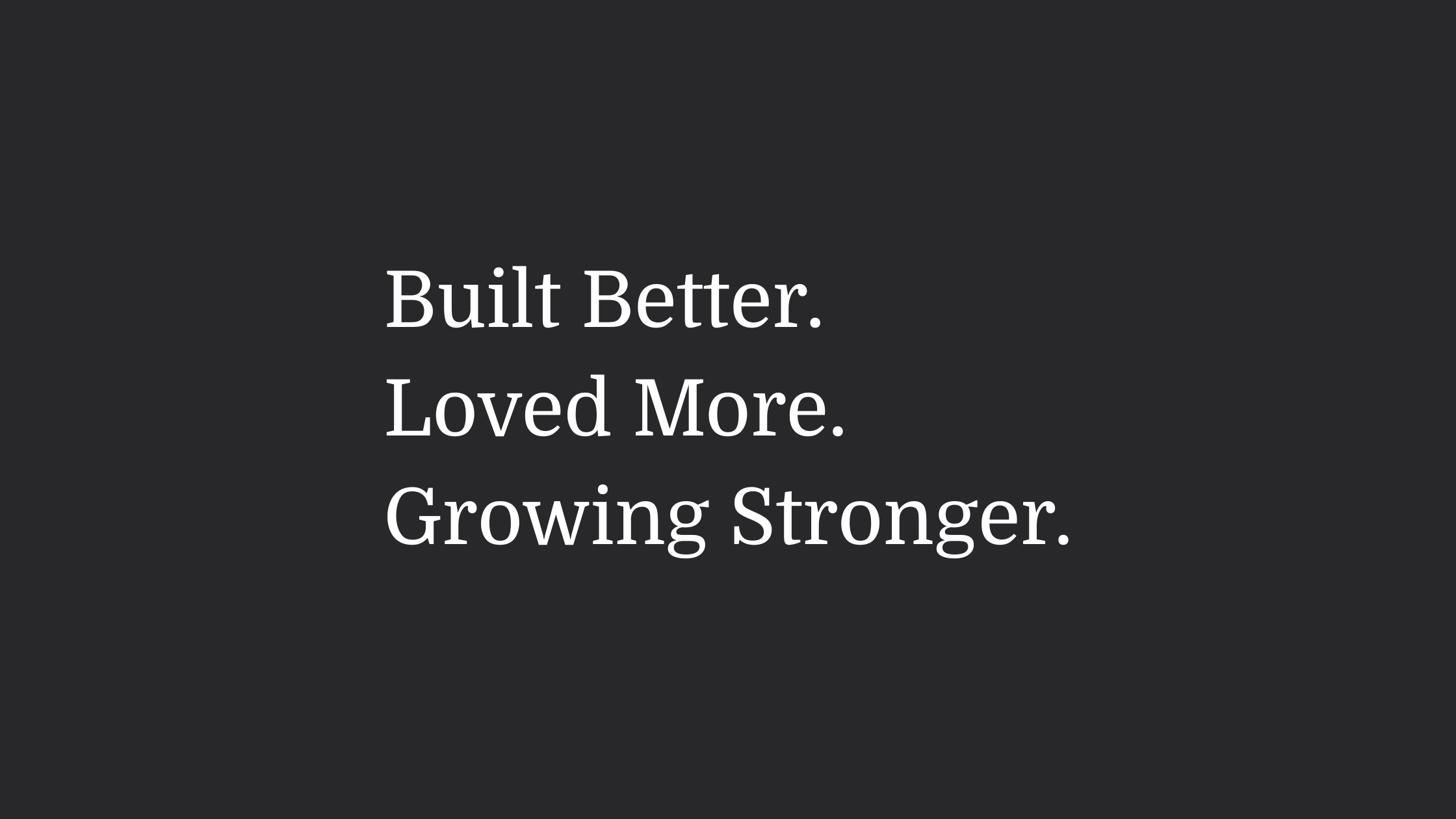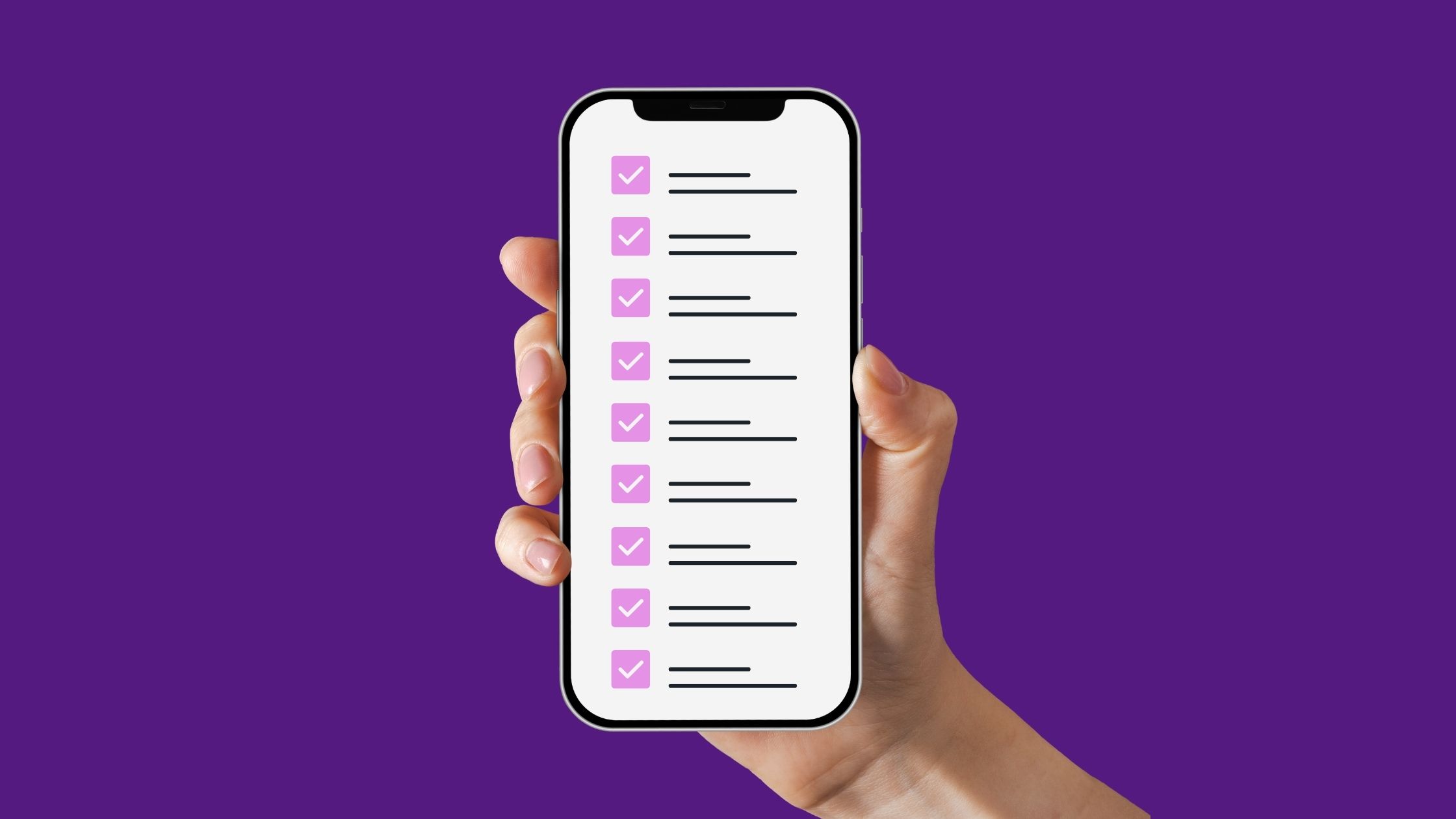Interview multiple candidates
Lorem ipsum dolor sit amet, consectetur adipiscing elit proin mi pellentesque lorem turpis feugiat non sed sed sed aliquam lectus sodales gravida turpis maassa odio faucibus accumsan turpis nulla tellus purus ut cursus lorem in pellentesque risus turpis eget quam eu nunc sed diam.
Search for the right experience
Lorem ipsum dolor sit amet, consectetur adipiscing elit proin mi pellentesque lorem turpis feugiat non sed sed sed aliquam lectus sodales gravida turpis maassa odio.
- Lorem ipsum dolor sit amet, consectetur adipiscing elit.
- Porttitor nibh est vulputate vitae sem vitae.
- Netus vestibulum dignissim scelerisque vitae.
- Amet tellus nisl risus lorem vulputate velit eget.
Ask for past work examples & results
Lorem ipsum dolor sit amet, consectetur adipiscing elit consectetur in proin mattis enim posuere maecenas non magna mauris, feugiat montes, porttitor eget nulla id id.
- Lorem ipsum dolor sit amet, consectetur adipiscing elit.
- Netus vestibulum dignissim scelerisque vitae.
- Porttitor nibh est vulputate vitae sem vitae.
- Amet tellus nisl risus lorem vulputate velit eget.
Vet candidates & ask for past references before hiring
Lorem ipsum dolor sit amet, consectetur adipiscing elit ut suspendisse convallis enim tincidunt nunc condimentum facilisi accumsan tempor donec dolor malesuada vestibulum in sed sed morbi accumsan tristique turpis vivamus non velit euismod.
“Lorem ipsum dolor sit amet, consectetur adipiscing elit nunc gravida purus urna, ipsum eu morbi in enim”
Once you hire them, give them access for all tools & resources for success
Lorem ipsum dolor sit amet, consectetur adipiscing elit ut suspendisse convallis enim tincidunt nunc condimentum facilisi accumsan tempor donec dolor malesuada vestibulum in sed sed morbi accumsan tristique turpis vivamus non velit euismod.
Scratch that. Start again.
That wasn’t very enjoyable, was it? It’s stilted, uncomfortable to read, and clearly crammed full of one generic search term in the hopes of getting noticed by Google. It’s written for a bot, not a human being, and therein lies the problem.
SEO can be tricky. If used effectively, it’s a great way to get your company noticed. If used ineffectively, you run the risk of alienating not just Google, but your customer base as well. Not to fear though, we’re here to teach you how to utilise it the way it was meant to be used.
What Is SEO?
It's always good to go back to basics to start with. SEO is Search Engine Optimisation, and it does exactly what it says on the tin. SEO is the process of optimising your content and technical configuration so that your website becomes more relevant and ranks higher in search results. Higher results mean more clicks. More clicks means more views. More views means more business for you. Simple.
Or is it? Many businesses have no problem implementing SEO. Where they struggle is implementing it in a natural way. Here are some tips and tricks on how you can balance SEO use with audience enjoyment, ensuring your content is noticeable for the right reasons.
How To Implement SEO: The Right Way
Choose Your Keywords

The first step in search optimisation is choosing your keywords. In simple terms, these are just the words you think your customer base might search. It’s possible to use websites to generate these words for you, but often doing it organically is more beneficial. Start by writing down words and phrases that are relevant to your business. For example, you make jewellery? You could try phrases like
-Hand crafted jewellery
-The perfect necklace
-Artisanal Jewellery
While these are very generic and will rank quite highly in search engines, it can also help to make your search terms more relevant to the service you offer. For example, if you own a business that specialises in vintage jewellery, there's no harm using search terms like
-Preloved jewellery
-Collectable rings
-Vintage necklaces
These terms are more specific and will therefore be searched for less. However, this isn’t necessarily a bad thing. The market you’re competing against will also be considerably smaller, and the people searching these terms will be more tailored to the service you offer. You don’t need to be at the top of everyone's search rankings, just your target audience.
Use Your Keywords
So you’ve settled on your keywords, and now you just need to figure out where to use them. You might be tempted to cram them in as much as you can, but this is one of the biggest mistakes a brand can make when trying to increase web traffic. Your writing should be SEO friendly, not SEO obsessed.
To start with, you should use a different keyword for every page on your site. Not only does this keep your content varied in the eyes of Google, it also avoids creating unnecessary competition within your own website.
The first place you need to use your keyword is in your title. Aim to have your keyword in full here, and try not to exceed about 60 characters, as this will result in your webpage title being cut off.

Next port of call is slipping it into the meta description. This is just the snippet of information that is embedded into the HTML code of a given page, and provides a brief summary of the page for search engines. It will usually appear under your title in search results, and you’’ll often see your search terms in bold here.

Keep both of these short, snappy and targeted. Not only is it there to grab Google’s attention, it’s what first grabs your audience's attention too.
Now for the tricky bit; your content. There’s no hard and fast rule for how often you can use your keyword here. Some say don’t let it account for more than 1-2% of your word count. Some tell you to feature it anywhere between 5-10 times in an article. Our advice? Don’t overthink it. Aim to use it once in the first paragraph, and then use what feels natural for your brand's voice. Just make sure to avoid keyword stuffing for the sake of it.
If you do think you’re overusing a word, don’t be afraid to mix it up a bit! Google is smart. It doesn’t just look at your keywords, it looks at similar words too. As long as it is related to your chosen topic, a search engine should still be able to pick up on it. It’s a great way to increase search optimisation, while keeping your content varied.
So, you’ve got the writing down, and now you’re ready to smash your SEO performance out of the park.
Just kidding, there’s more.
It’s time to go behind the scenes. Mobile matters
Did you know that over half of web searches last year came from mobile? We know, we know. It’s 2024, surely everyone is mobile friendly, right? Well, you’d be surprised. Currently, around 20% of the top million websites in the world aren’t mobile friendly.
Here’s why they’re missing out.
They don’t outright say it, but Google has indicated it prioritises websites with good mobile performance. Luckily for you, it’s not that hard to provide a good mobile website.
If you focus on
- Clear and simple navigation
- Font large enough to be read on small devices
- Fast load times
- User friendly format
Then you’re doing pretty well. Perhaps the most important aspect to having a good mobile website however, is having a responsive design. This simply means that your page layout and content responds to each individual device screen.

If you nail down your responsive design, your mobile SEO is looking pretty good.
A Picture’s Worth 1000 Words
Think about the last time you uploaded an image to your site. You browsed through stock images. You found one you liked. You uploaded it through the backend of your site. You put the kettle on and called it a day.
If that’s the case, we’re about to seriously up your optimisation game.
Image SEO is all about optimising your images through alt text, captions, and good file dimensions, which then gives your page a boost on both text results and image results. You’re getting two for the price of one here.
.png)
Always add alt text - also known as alt tags - to your photos. Not only does it allow search engine crawlers to index your website more effectively, it can help describe an image that won’t load for those with slow connections. It’s also helpful to people with visual impairments, making your website more accessible.
If you have a visual heavy website, try using captions beneath photos to add more context to your image.
Name your file before you upload it. Aim to use relevant keywords here, it’s an easy way to help your image rank higher on image search results.
Most importantly, remember to compress your images. Simply put, your web page will load faster, which is good for user experience and SEO. Try to keep images under 100KB, but also keep in mind that Google doesn’t look at individual images. It actually looks at the total page size. If your page is quite image heavy, it might be worth compressing them more.
Link It All Up
This is arguably the most important part of good SEO. There’s three types of links you need to worry about.
- Inbound links (a link coming from another site to your website)
- Outbound links (a link from your website to another site)
- Internal links (a link from one page to another page on the same website)
When building your SEO presence, what you really want to focus on is gaining inbound links. If people are linking to your website, this shows Google you are offering authoritative and trustworthy information in your niche.

There are several different ways of doing this. You could add some outbound links to other websites in the hope they reference you back. You could write guest blogs for other companies, showcasing your expertise and allowing you to reference your own business. You could even focus on building relationships within your market in the hopes of sharing connections.
The most important thing you can do however, is create great content. If people naturally want to link to your content, they will.
Most Importantly, Don’t Overthink It
As we’ve stated before, the foundation of SEO lies in quality content. This means knowing your audience and what they want. Think about it this way. Have you ever read a blog and thought, that was great, I want to read about that again in a slightly different wording?
Yeah, we thought not.
If you keep your content fresh, up to date, and interesting to your reader, we can assure you that you’re already halfway there. Some of the strongest SEO happens when you don’t even know you’re using it, so just focus on organic audience engagement as your primary source of web traffic. Write for the people, and the bots will follow.
Block Quote









